Table of Contents
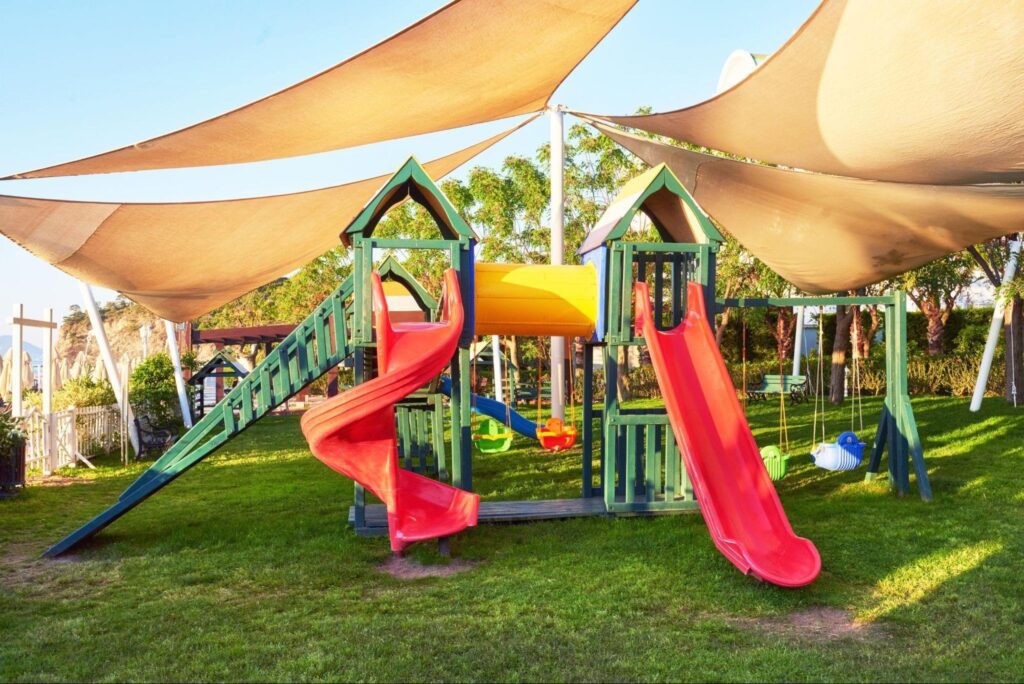
Creating an outdoor space that captivates toddlers while still engaging teenagers might seem impossible, but with strategic planning, your backyard can become the neighborhood hotspot for kids across age spans. The secret lies in designing flexible spaces that evolve with children’s changing interests rather than installing age-specific equipment that quickly becomes obsolete. Learn how to turn your backyard into a fun zone for kids of all ages with creative play ideas, budget tips, and family-friendly outdoor inspiration.
Create Zones That Grow With Your Kids
The most successful multi-age backyards incorporate distinct areas designed for different activity types rather than specific age groups. This approach ensures spaces remain relevant as children develop.
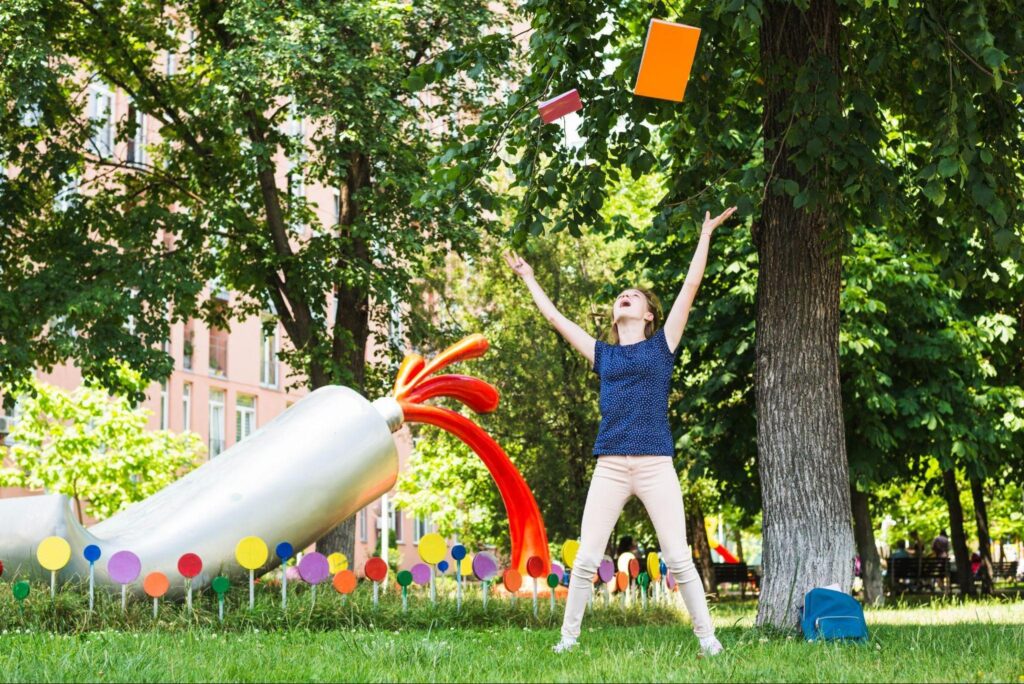
Establish an open play zone with durable turf or mulch surfacing that accommodates everything from toddler running to teenage sports. This flexible space serves as the backyard’s centerpiece, supporting diverse activities from tag games to badminton without requiring constant redesign. The key is maintaining sufficient open space rather than cluttering the area with fixed equipment that limits usage options.
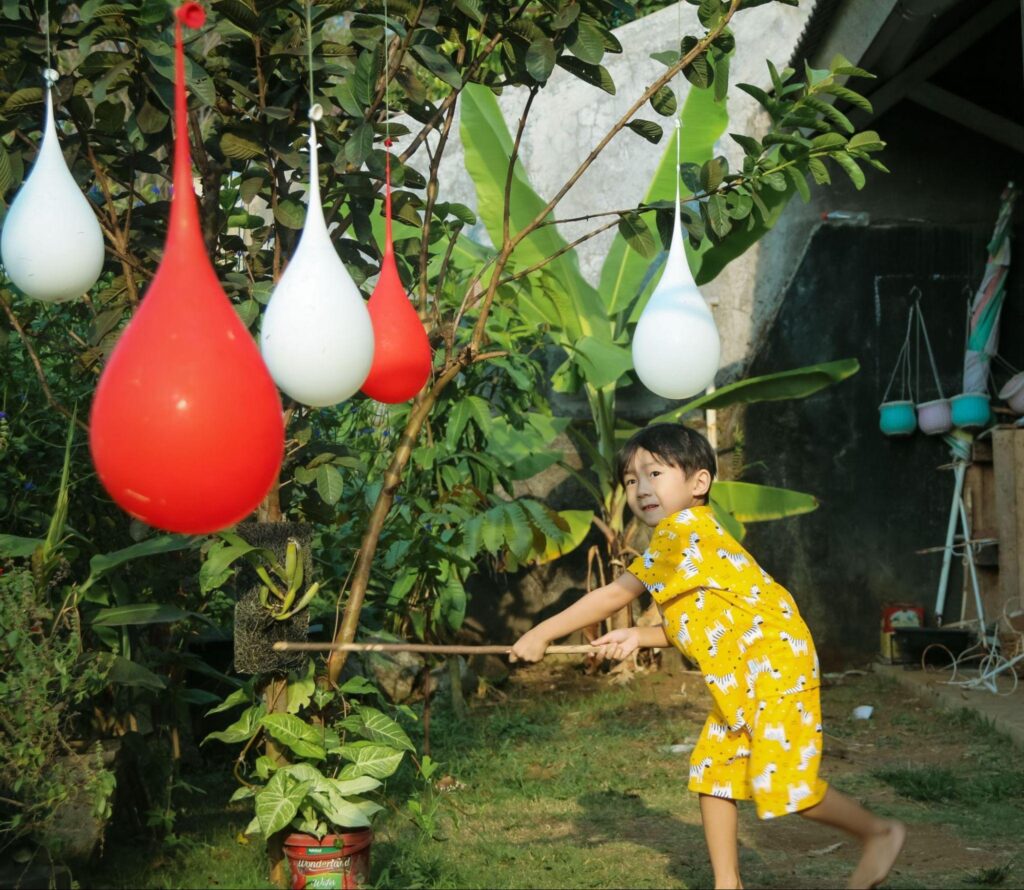
Design gathering areas that accommodate both child birthday parties and teenage hangouts. Simple seating like weather-resistant bean bags, hammocks, or built-in benches creates conversation spaces that appeal across age ranges. These social zones often become surprisingly popular with children who appreciate having designated spots for connection and conversation between more active play.
Include quiet retreat spaces where kids of any age can decompress. Simple structures like canvas teepees, weather-resistant curtained gazebos, or even well-placed garden benches create opportunities for solitary reading, one-on-one conversations, or simply escaping group dynamics temporarily. These calming areas serve crucial functions for both overtired toddlers and teenagers seeking privacy.
Water Features With Multi-Age Appeal
Water play consistently ranks among the most enduring outdoor activities, engaging children from toddlerhood through adolescence when designed with age flexibility in mind.
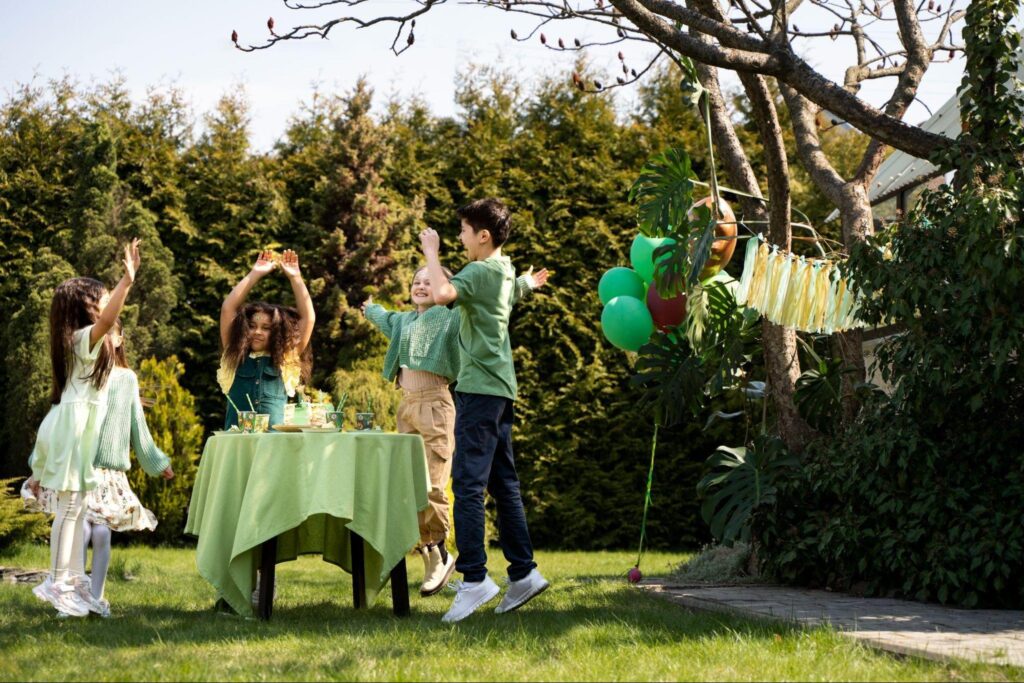
Consider water features with adjustable components rather than fixed installations. Removable sprinkler attachments that connect to standard garden hoses allow transformation between toddler-friendly gentle mists and teenage-approved drenching options. These adaptable systems provide appropriate challenges for different developmental stages without requiring multiple permanent installations.
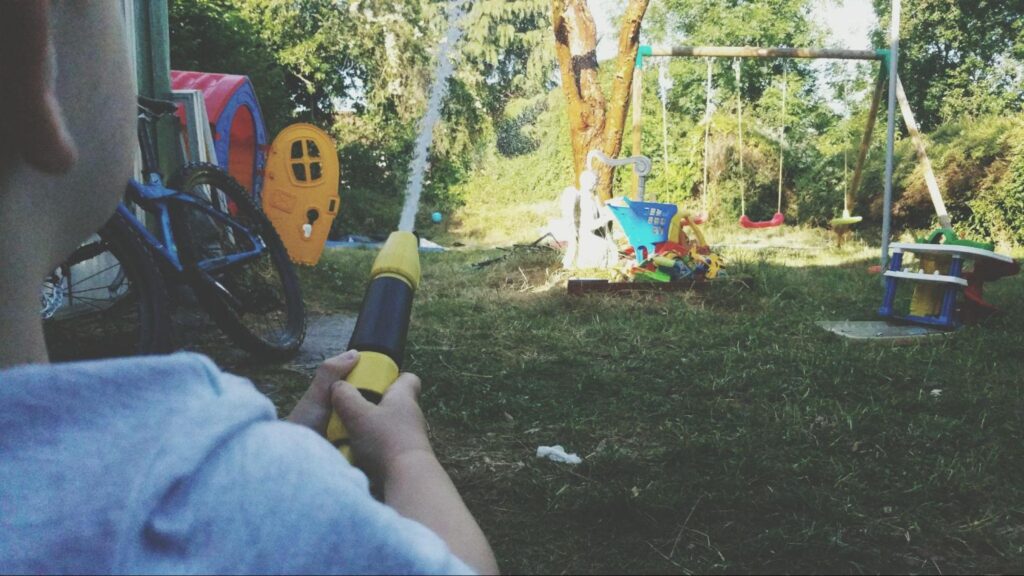
Shallow water tables that convert to container gardens serve youngest children initially, then transition into older kids’ experimental spaces for water physics projects or fairy garden creation. This simple equipment adapts to dramatically different uses across childhood stages, extending usefulness well beyond the typical toddler period.
For families with space and budget flexibility, consider natural-looking water features that grow with children. Simple recirculating streams with water depths increasing along their length accommodate safe toddler splashing at shallow ends while providing older children deeper areas for more sophisticated water play. These naturalistic installations often retain appeal into adulthood, making them particularly high-value additions.
Adventure Spaces That Challenge Appropriately
Physical challenge areas maintain engagement across childhood when designed with progressive difficulty rather than fixed capabilities.
Climbing options with multiple difficulty levels within a single installation serve diverse ages simultaneously. Boulder groupings with various heights and spacing accommodate beginning climbers on gentler sections while challenging older children with more complex routes. These natural-looking installations often integrate better with landscape design than manufactured climbing equipment while offering superior developmental longevity.
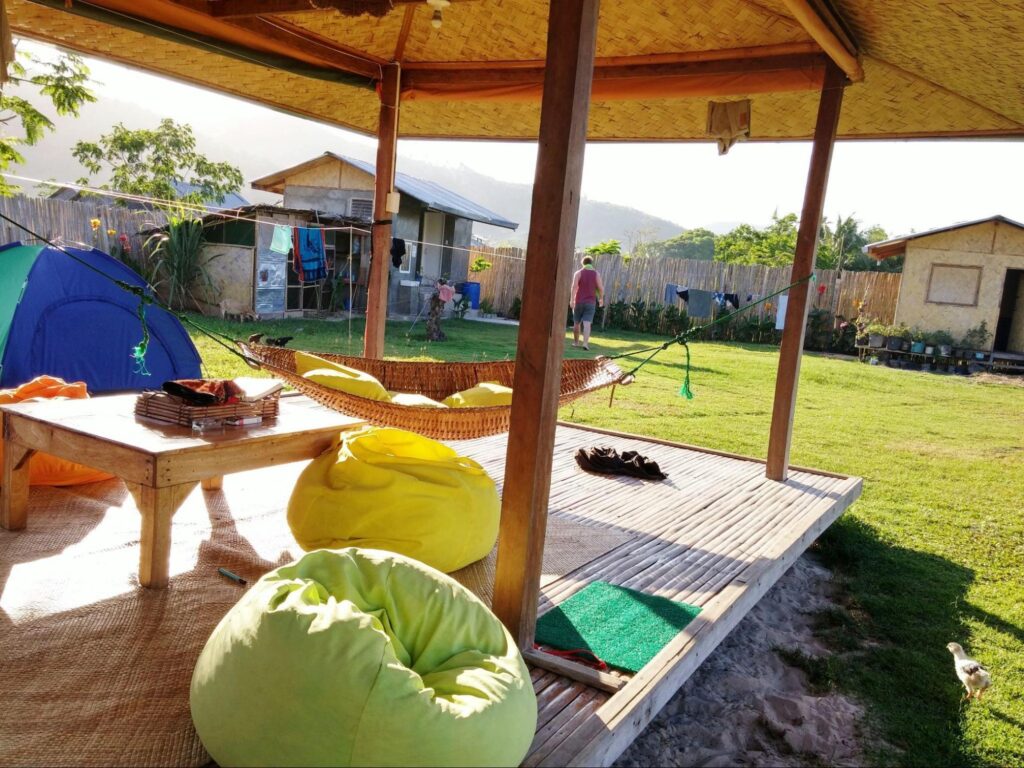
Consider modular elements that reconfigure as skills develop. Slacklines that adjust in both height and tension, balance beams of varying widths, or stepping stones placed at adaptable distances create physical challenges that evolve alongside children’s capabilities. These flexible systems typically cost less than permanent structures while providing greater long-term value.
Incorporate loose parts that children can manipulate independently. Collections of logs, stumps, boards, and large blocks enable children to create their own challenging courses appropriate to current abilities. These open-ended materials encourage creativity and problem-solving while naturally accommodating different physical capabilities without adult intervention.
Creative Spaces That Inspire All Ages
Outdoor creative zones support artistic exploration and imaginative play across developmental stages when designed with adaptability in mind.
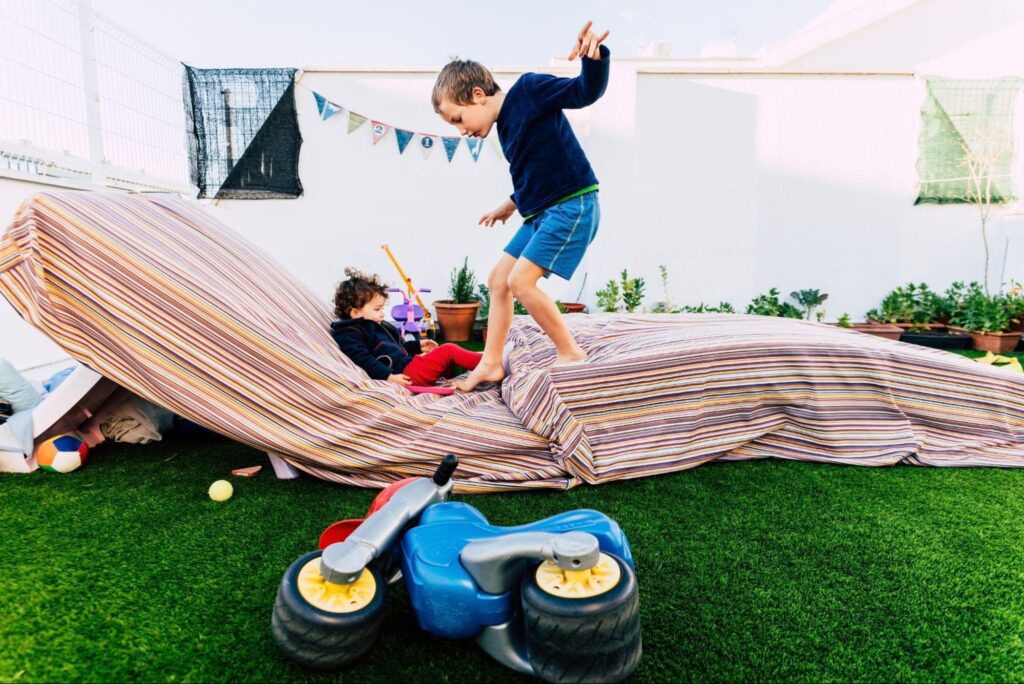
Outdoor art stations with adjustable height surfaces accommodate everyone from toddlers to teens. Simple designs like hinged tables that lock at different heights or tiered workspaces with varying levels allow appropriate ergonomics for artists of any size. Stock these areas with weather-resistant, washable materials for maximum versatility and minimal maintenance.
Music features engage children across ages when they incorporate various complexity levels. Simple rain sticks and chimes accessible to the youngest children can occupy the same space as more sophisticated outdoor xylophones or drum installations that challenge older users. These sound gardens often become favorite multigenerational gathering spaces that engage entire families.
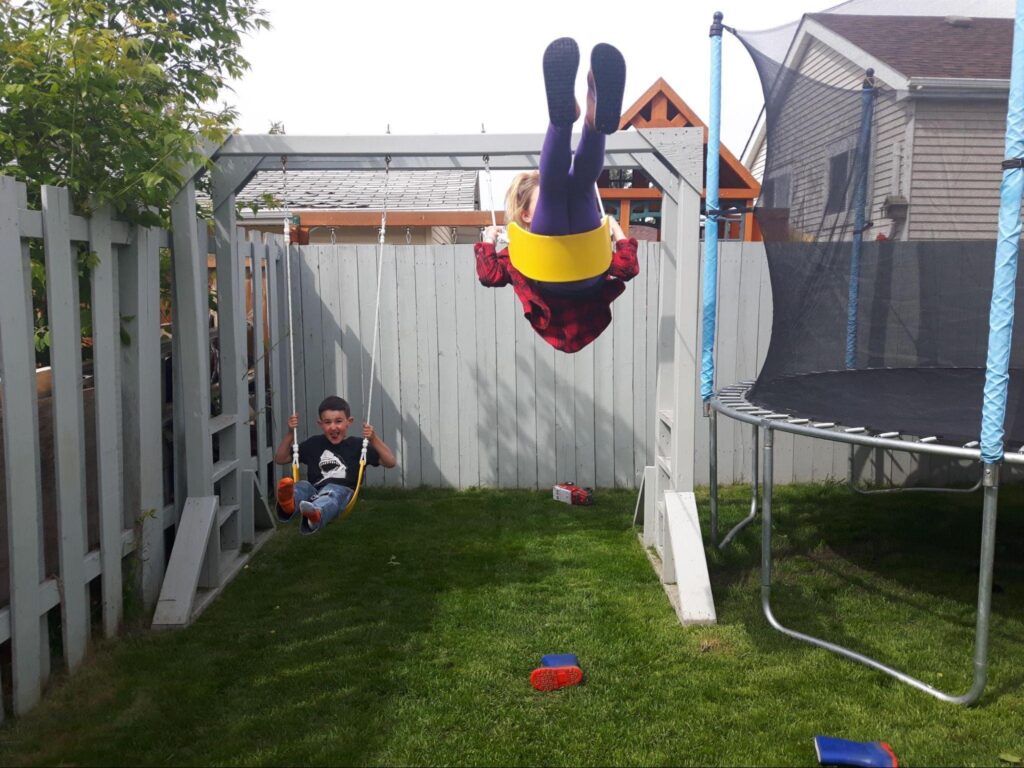
Consider dramatic play spaces that transition naturally from young children’s imaginative scenarios to older children’s social gathering spots. Simple platforms with changeable backdrop features, outdoor kitchen setups with real gardening capabilities, or convertible stage areas serve pretend play initially before becoming teenage hangout spots or performance areas later.
Nature Integration That Fascinates Every Stage
Natural elements consistently engage children across all developmental periods, making them particularly valuable in multi-age landscapes.
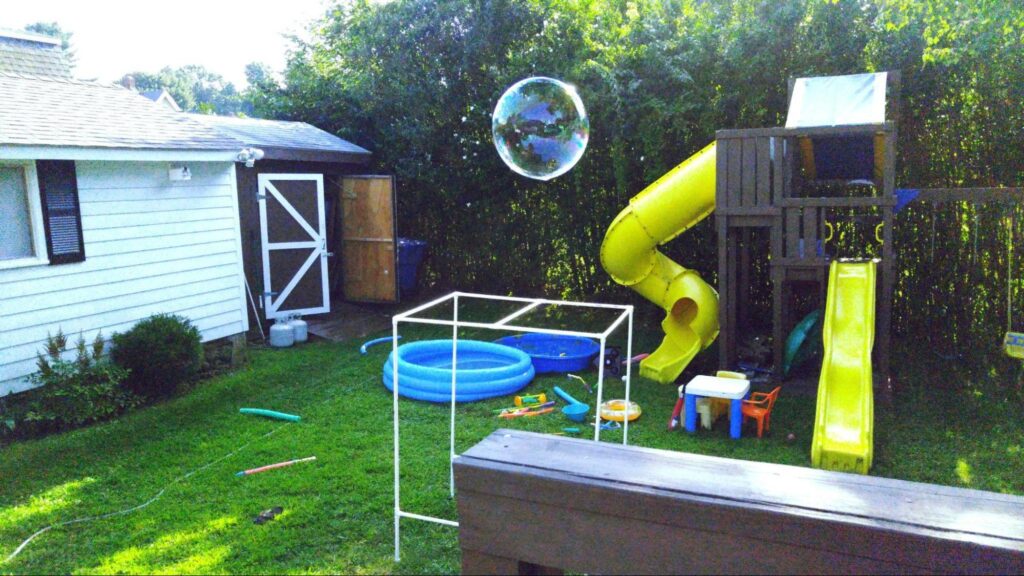
Create wildlife-watching stations with tools appropriate for different ages. Magnifying glasses for examining insects, binoculars for bird observation, and field guides with varying complexity levels allow children to engage with nature at developmentally appropriate depths. These observation zones often become favorite cross-generational activity areas where older and younger children naturally interact around shared discoveries.
Design gardening spaces with sections for different capability levels. Raised beds at varying heights, container gardens that can be managed independently, and in-ground plots requiring more sophisticated care create a natural progression from toddler planting experiences to teenage agricultural projects. These productive spaces often maintain interest across childhood while teaching invaluable sustainability skills.
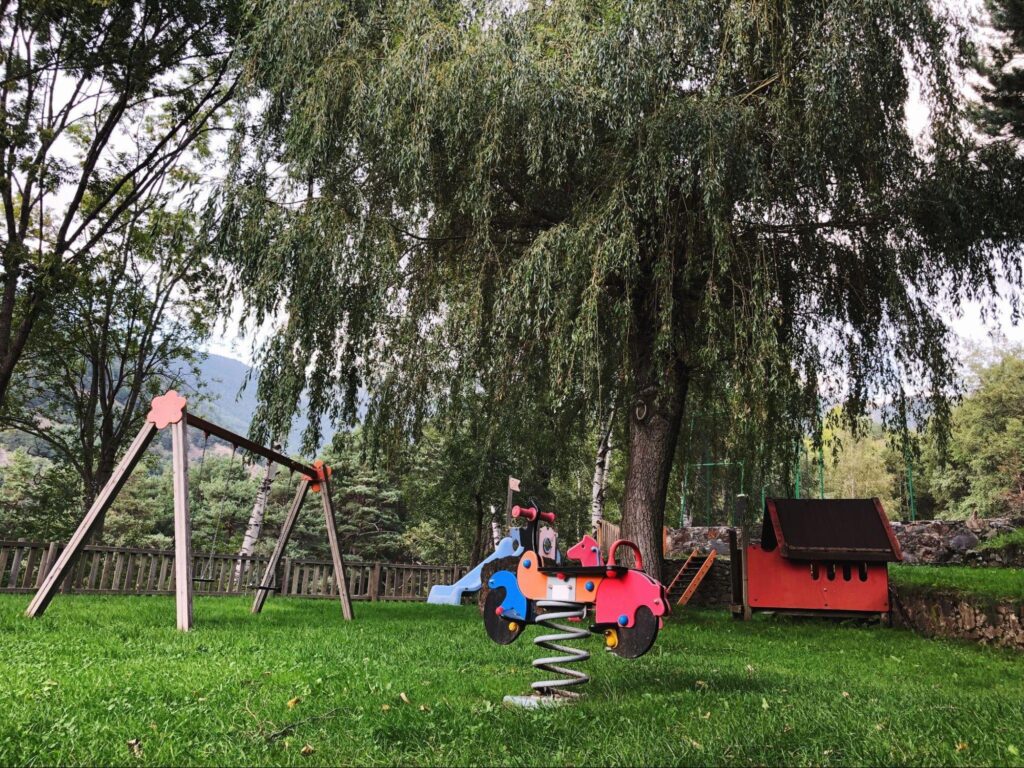
Consider weather observation stations that grow with children’s understanding. Simple wind socks and rain gauges engage the youngest children, while more complex weather instruments challenge older children’s scientific thinking. These installation sequences create a natural learning progression that maintains engagement from a preschool fascination with immediate weather conditions to the teenage understanding of climate patterns.
The most successful multi-age backyards avoid age-specific equipment in favor of flexible spaces that adapt to children’s changing interests and capabilities. By focusing on creating environments that support various activity types rather than particular developmental stages, you’ll create outdoor spaces that truly grow with your family—engaging everyone from toddlers to teenagers in meaningful outdoor experiences.

Hi, I’m Christian, a 43-year-old father of two and a lifelong DIY enthusiast. My workshop is where I spend countless hours experimenting, upgrading, and fine-tuning. Sharing my experiences and practical advice is my way of helping others create homes they love.



